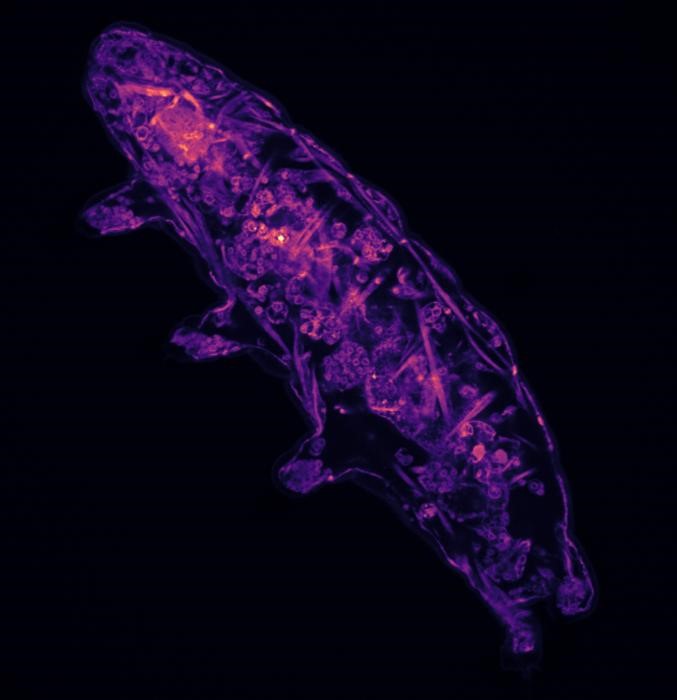January 29, 2024 | By UNC-Chapel Hill Chemistry Communication
In a study published in PLOS ONE, a team led by Derrick R. J. Kolling of Marshall University and Leslie M. Hicks of the University of North Carolina at Chapel Hill have uncovered the molecular mechanism behind the incredible resilience of tardigrades, commonly known as “water bears.” These microscopic animals, celebrated for their ability to endure extreme conditions such as freezing temperatures and high levels of toxins, utilize a molecular sensor based on the amino acid cysteine. The researchers found that when exposed to harmful conditions, cysteine oxidation signals the water bears to enter a dormant state, allowing them to survive, and when conditions improve, the reduction of oxidized cysteine prompts them to resume normal life. This discovery sheds light on the essential role of reversible oxidation in regulating tardigrade dormancy, contributing to their remarkable adaptability in ever-changing environments.
To read the published article, please click ‘Read More’ below.


